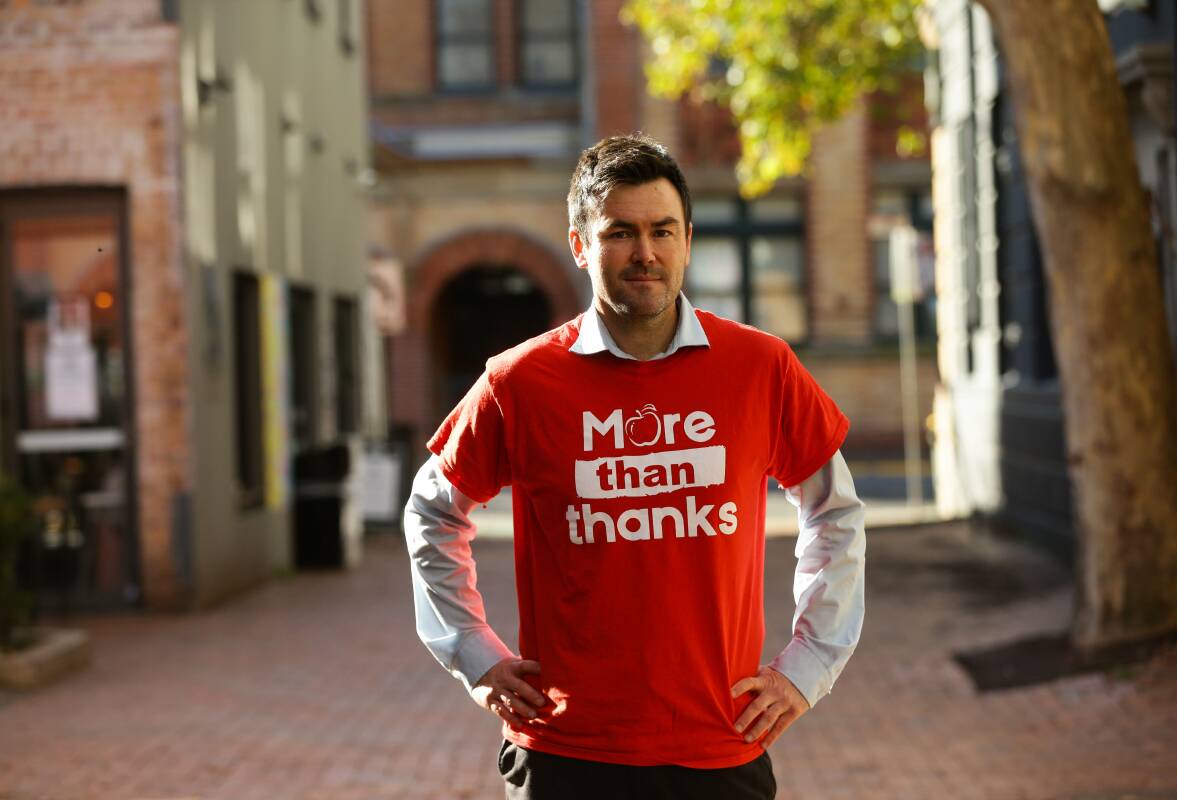
THERE are more than 2450 vacant permanent teaching positions in NSW public schools, and it's the children who are missing out, the NSW Teachers Federation (NSWTF) says.
Figures shared with NSW Parliament by education minister Sarah Mitchell show that in early October - the start of Term 4 - there were 21.6 teacher positions vacant across 26 schools in the Wallsend electorate; 28.5 across 28 schools in the Charlestown electorate; 17.9 across 19 schools in the Newcastle electorate; and 23.4 across 20 schools in the Maitland electorate.
In the Upper Hunter there were 37.3 teaching positions vacant across 42 schools in the electorate.
"It's a huge amount of vacancies," NSWTF regional organiser Jack Galvin Waight told the Newcastle Herald.
"It's particularly alarming when you see vacancies in Newcastle, because the Newcastle area is one of the most desirable areas to teach in the state. The further you go up the Hunter, it is even worse, and it is just not fair on our teachers, and it's really not fair on our students, who are missing out."
Mr Galvin Waight said they were a "profession in crisis". He said more than half of the schools across the state have vacancies, and multiple schools had more than 10 positions vacant.
"Resignations are outstripping retirements," he said. "People are leaving the profession because of unsustainable workloads and uncompetitive salaries, and people aren't coming into the profession. It's simply not attractive.
"If we don't do things to resolve this crisis, shortly, it's going to get worse and worse."
He said Hunter schools were struggling to provide staff appropriately qualified to teach some subjects.
"Students in the Upper Hunter, for example, are missing out on an appropriately-qualified maths or science teachers - and that's simply not fair... Every day throughout Newcastle, Lake Macquarie and the Upper Hunter classes are being split, merged, or with minimal supervision.
"We have just had the HSC, and we've had a cohort of students that - for times throughout the year - have had to learn by themselves. It's just not fair on the on the students."
Mr Galvin Waight said the only way to solve the teaching crisis was to reduce unsustainable workloads, and make the salary more competitive.
"Teachers are saying that basically, they've got two jobs now," he said.
"One is the teaching and learning - which they love, and the second job is the paperwork, accountability, and compliance that has crept into the profession.
"It needs to be reduced, otherwise, we simply won't attract and retain teachers."
Mr Galvin Waight said the number of early career teachers leaving public schools was at a 13-year high.
"Across NSW we have seen a huge jump in teacher vacancies since the government released its Teacher Supply Strategy and said there were 995 vacant positions in schools in June last year," he said. "A parliamentary inquiry found 60 per cent of teachers want to leave in the next five years because of the crippling workload and uncompetitive salaries than don't reflect their efforts or responsibilities."
The Minister for Education and Early Learning, Sarah Mitchell, said that since 2011, the number of teachers across NSW had increased by almost 10,000 - "twice as fast as student growth" - while teacher salaries had increased by almost $30,000.
"It's deliberating misleading of the NSW Teachers Federation to compare data from June 2021 with data from Term 4 2022, when positions are being advertised for the start of the following year. They know vacancies don't equal shortages," she said.
"The number of vacancies in the Hunter is extremely low, with an average of less than one vacancy per school. The majority of schools in the region actually have a high number of staff employed above what they are allocated, which they are able to do thanks to record school funding.
"We are also delivering on our plans to reduce the administrative burden on our principals, teachers and support staff."







